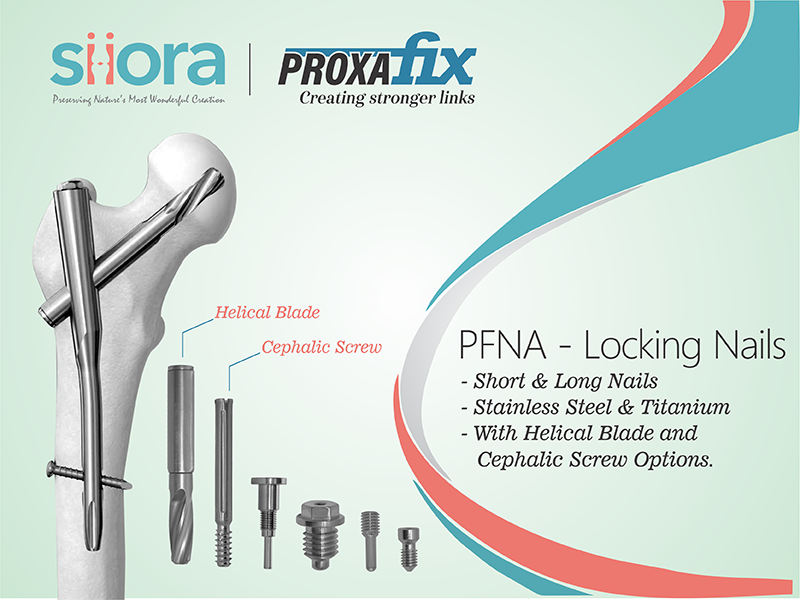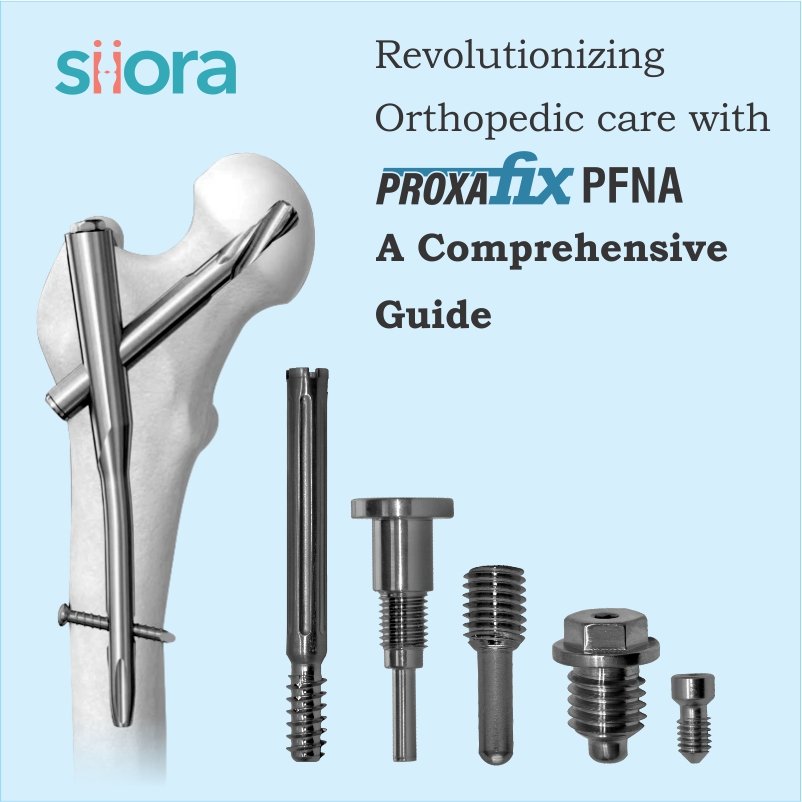Also known as an interlocking nail or intramedullary nail, an intramedullary rod is one of the most used orthopedic implants for the treatment of long bone fractures, for example, femur and tibia fractures. It is used by inserting into the medullary cavity of the bone to stabilize and align the fracture. These rods are known to be designed to stay in the body forever. One of the reasons why the use of IM rods is preferred rather than other methods of fixation is that they can share the load with the bone rather than only providing support.
History of Intramedullary Rods
Intramedullary rods are known to be used for the first time in World War II (1939). They were used to fix femur fractures in soldiers. Gerhard Kuntscher, a German surgeon is the one who used intramedullary nailing for the first time. The use of IM nails for fracture fixation helps in quick recovery when compared to traditional ways like plaster application or traction. This became a huge advantage for soldiers during World War II.
Why are IM Nails known as Locking Nails?
The cross-sectional structure of IM nails was ‘V’ or triangular-shaped earlier. Later, it was changed to the presently used clover-shape to make it more stable. Besides this, stainless steel was the choice of material for the manufacturing of IM nails. But, with time, titanium became the preference for having better biocompatibility and lower mechanical failure rates.
The design of Intramedullary rods that were used earlier had some issues with preventing collapse or rotation in unstable fractures. This is where the concept of “locking” the nails came in. The use of bolts was introduced to lock the nails from each end to prevent rotation of the fragments. That is the type of intramedullary interlocking nails we are using these days.
Bone Healing and Intramedullary Rods
There is a misconception in some of our minds that the use of implants like IM rods speeds up the healing process. But this is not the case, implants do not impact the way our body heals bones though, they do provide the stability to broken bone fragments. Implants are designed to hold fractured bone fragments into their correct alignment.
If we talk about implants like IM nails, then they are designed to carry the load of the body along with stabilizing the fracture. This is why people having IM nails used to fix long bone fractures tend to easily place weight on the extremity sooner than to wait for complete healing of the bone.
Early mobilization prevents joint stiffness which is a common sequela after plaster. While on the other hand, early load-bearing improves the recovery of post-traumatic muscle atonia. It also improves the proprioception of the limb involved.
Uses of Intramedullary Rods
Broken long bones are often treated with intramedullary nailing. The rod is inserted into the medullary cavity by making a small incision either at the knee or hip. Once inserted, the rod is locked at both ends using orthopedic screws to prevent any rotation of the fragments. Locking of the nail ensures its proper positioning until the bone heals. When compared to using a cast or external fixation, an IM rod ensures better positioning.
Femoral shaft fractures and shinbone fractures are the ones for which IM interlocking nails are used. Intramedullary nailing is found to be effective in the treatment of the above-mentioned fractures as the implant allows full-length fixation.
Intramedullary nails are most commonly made using titanium for being highly biocompatible and showing good biochemical inertness. Besides this, they are also available in different lengths and diameters. The size of the IM nail to be used is chosen according to the age and height of the patient.
Above all, the use of intramedullary nails is also there to fix and provide support to the bone after tumor removal in the case of metastatic bone disease. IM rods can also provide support to the bones that are at high risk for fractures. Intramedullary rods may also be used for preventing fractures and progressive deformity of long bones in people suffering from osteogenesis imperfecta (brittle bone disease), a genetic disorder.
Is There Any Damage to Bone Marrow After Inserting IM Rod?
Yes, of course! Insertion of rod or nail into the medullary cavity damages the bone marrow of that bone. But the point to be noticed here is that intramedullary nailing does not impact the ability of red blood cells and immune cells formation. Plus, if the rod is removed after complete healing of the bone, bone marrow present in that bone could regenerate itself. If the nail needs to be removed, it is generally done a year after the surgery or may depend upon the recovery speed of the patient.
Siora Surgicals Pvt. Ltd. is crowned as one of the best manufacturers of a of orthopedic devices including Intramedullary Nails. The company uses ISO standard titanium and stainless steel for the manufacturing of implants to meet the international guidelines. Siora is an ISO 13485:2016 and ISO 9001:2015 certified company having an FDA-India approved manufacturing unit established in Sonipat, Haryana. The quality and effectiveness of implants produced by Siora are praised by the top orthopedic surgeons across the globe. To avoid any biological contamination and maintain the highest quality standards, the packaging of implants by Siora is done in an ISO class 7 (10,000) cleanroom environment. Siora Surgicals is also open to providing quality OEM/contract manufacturing services.








